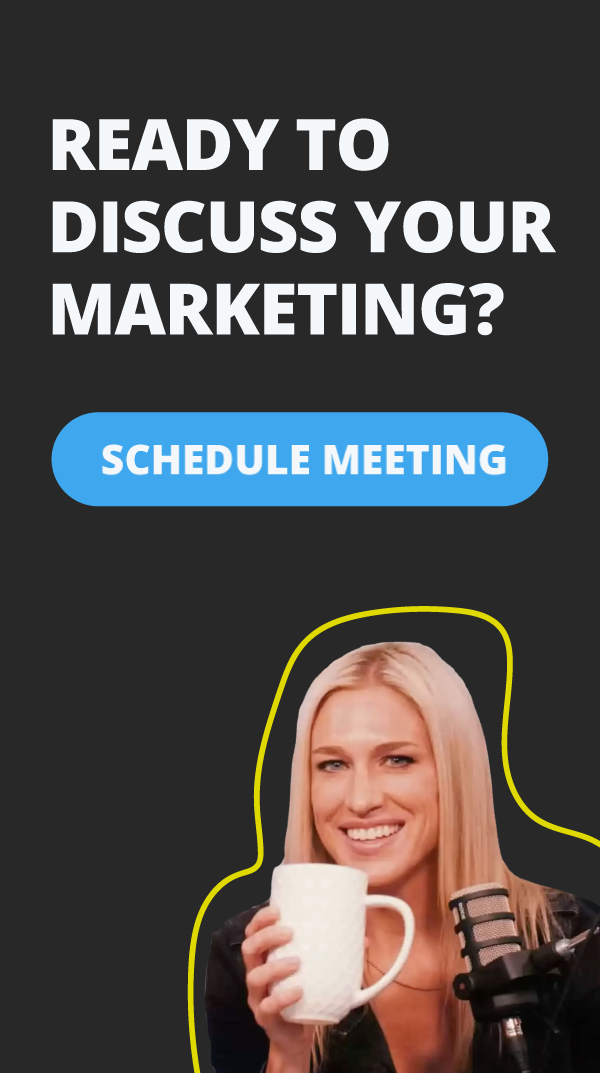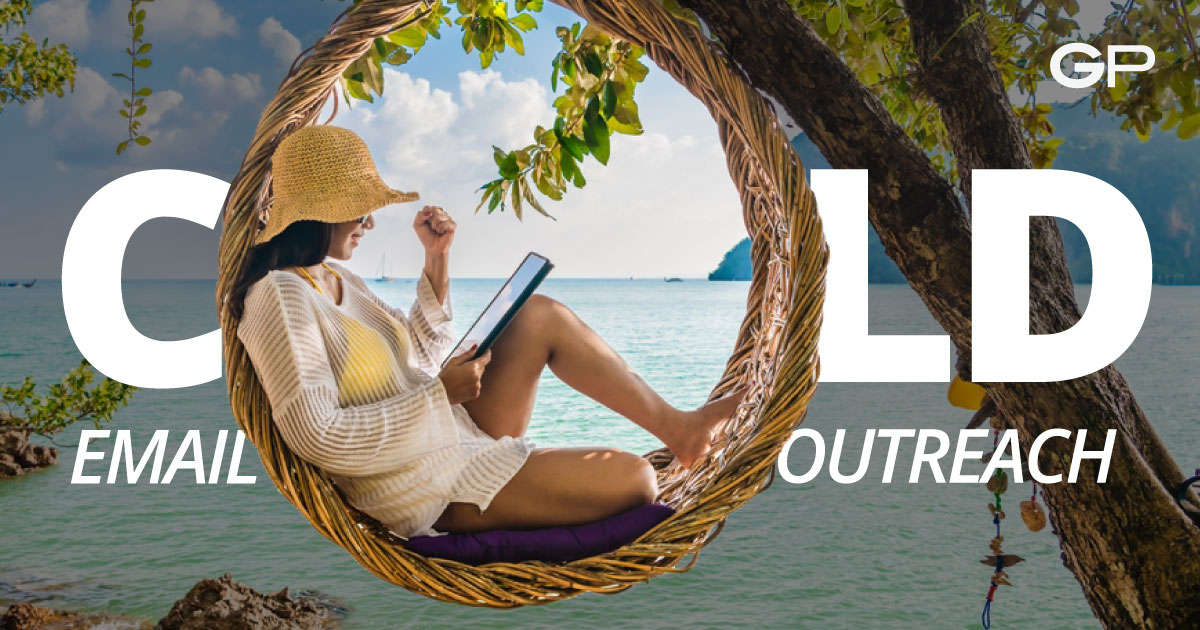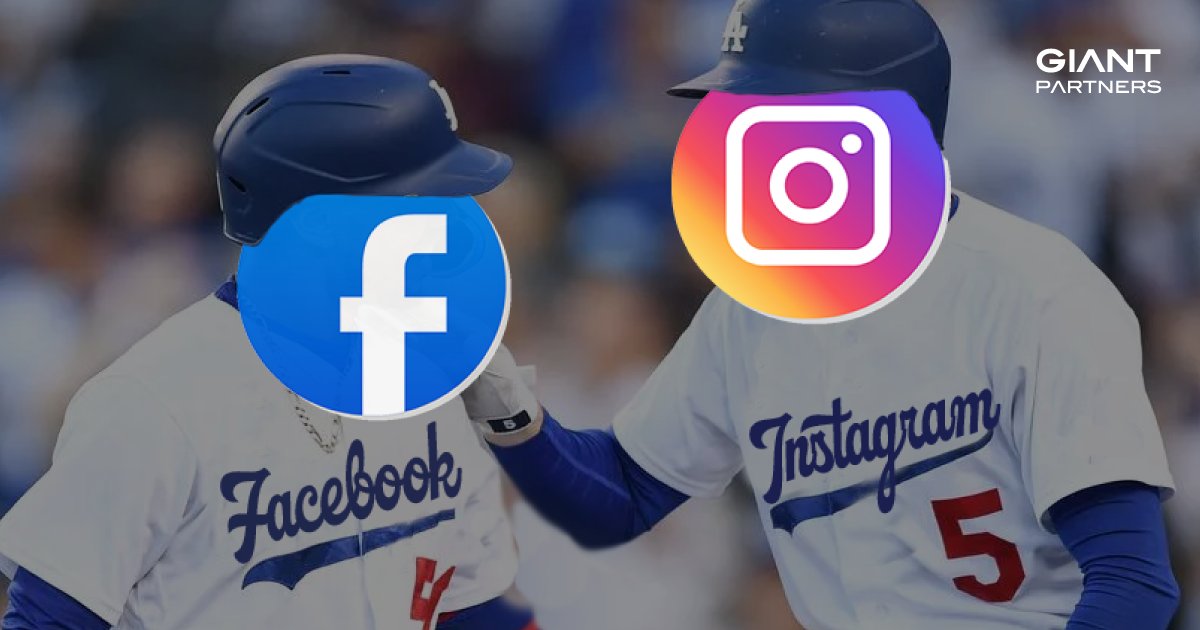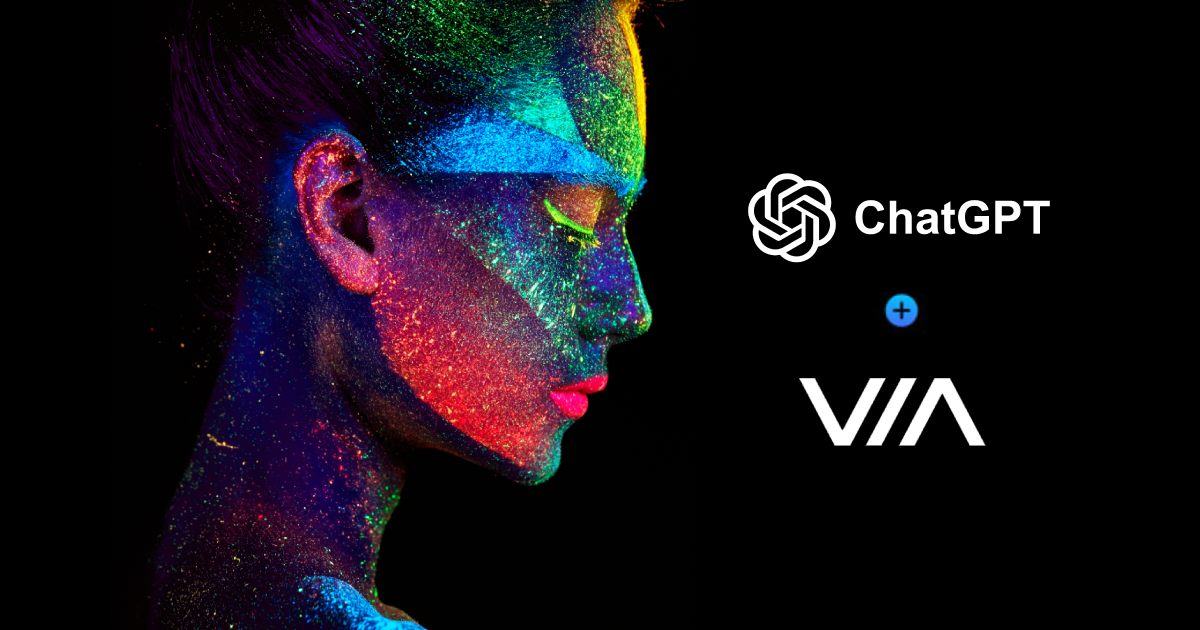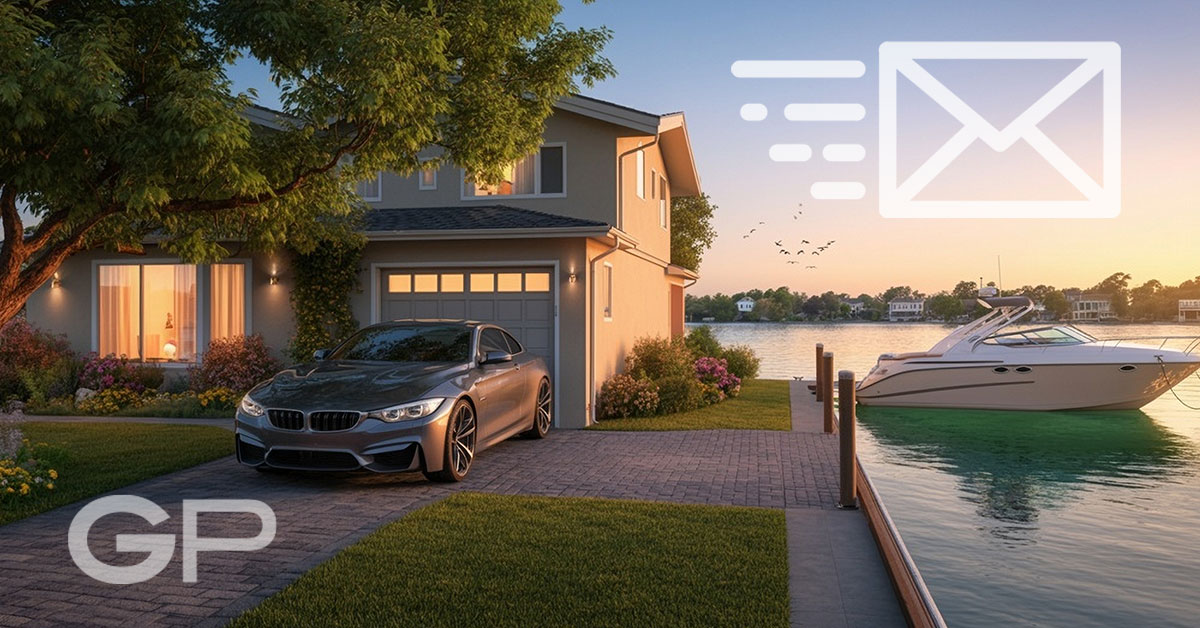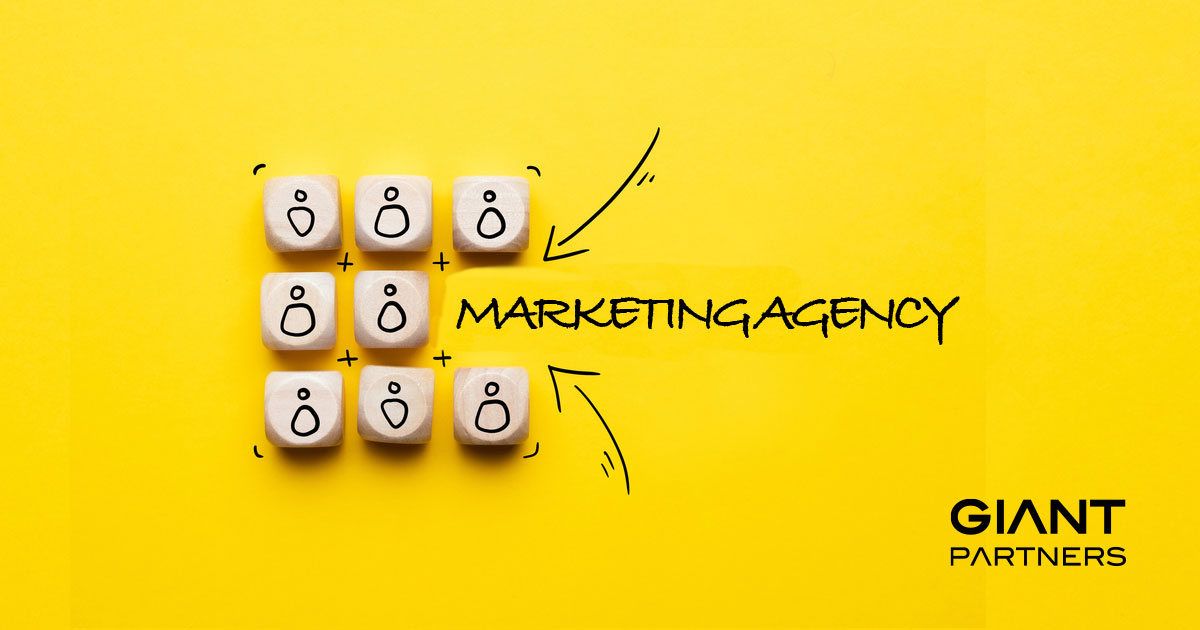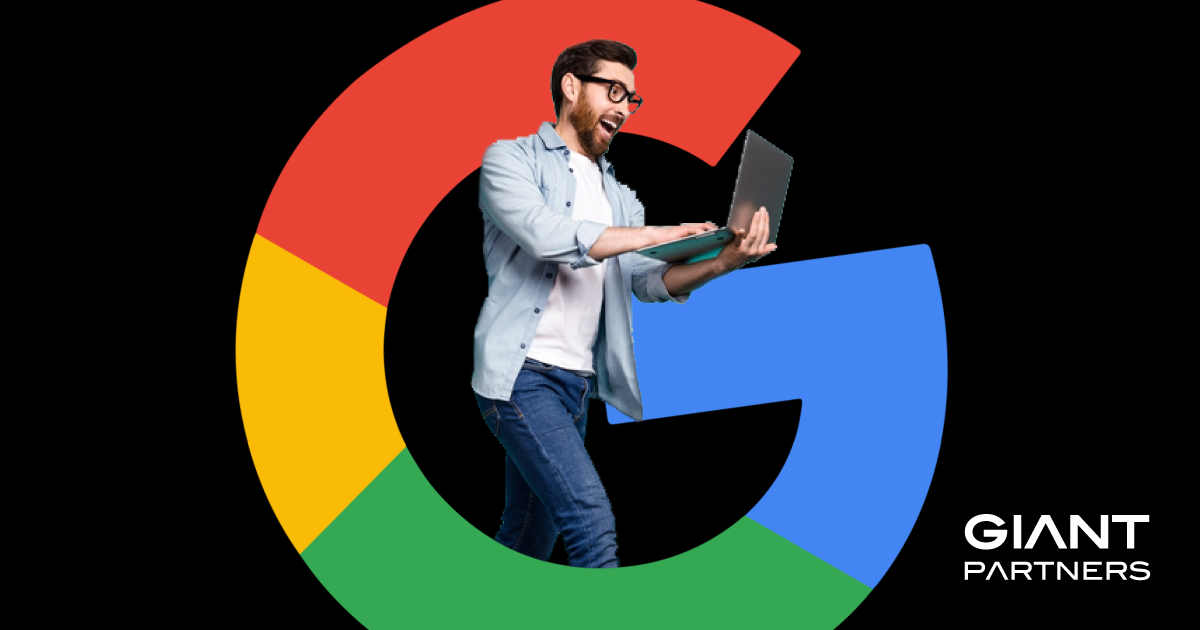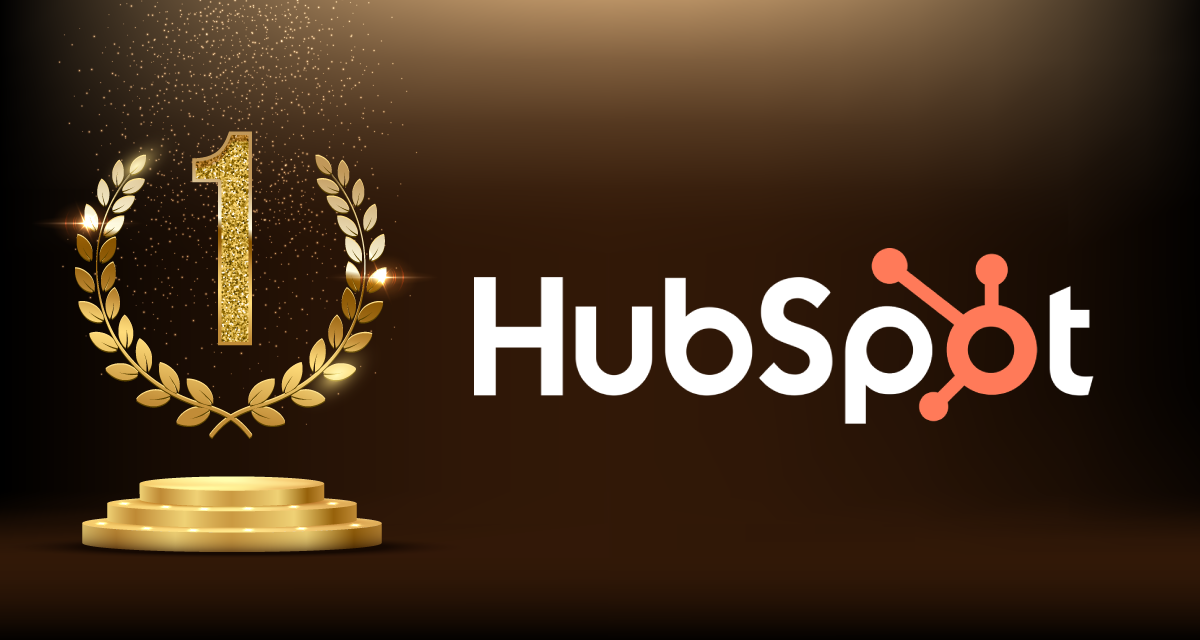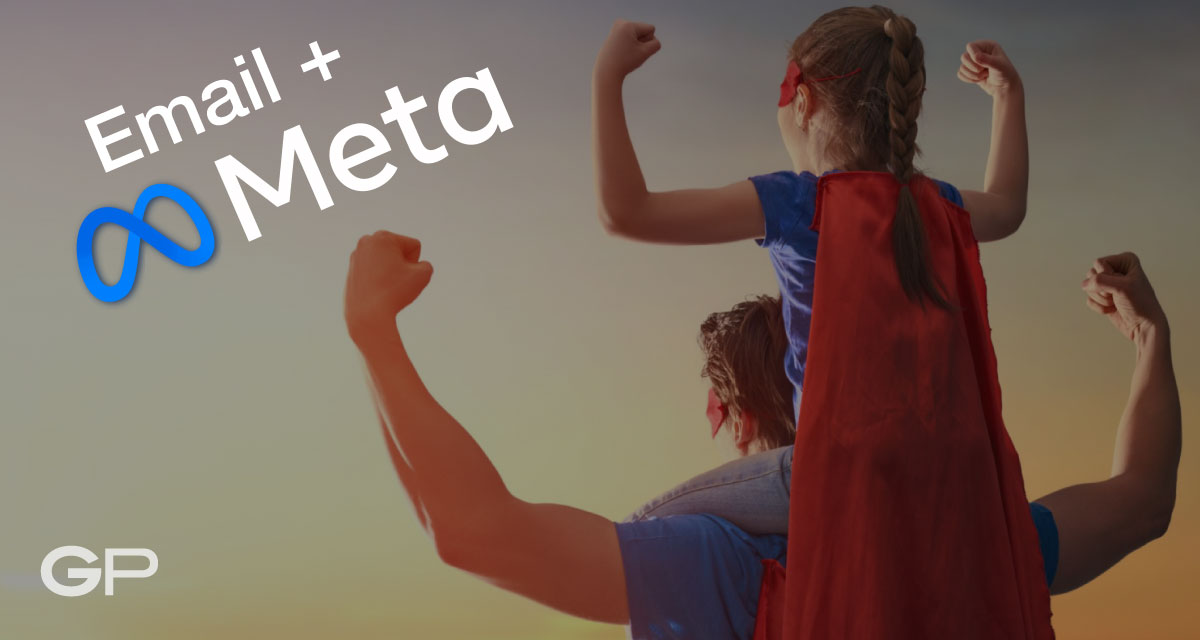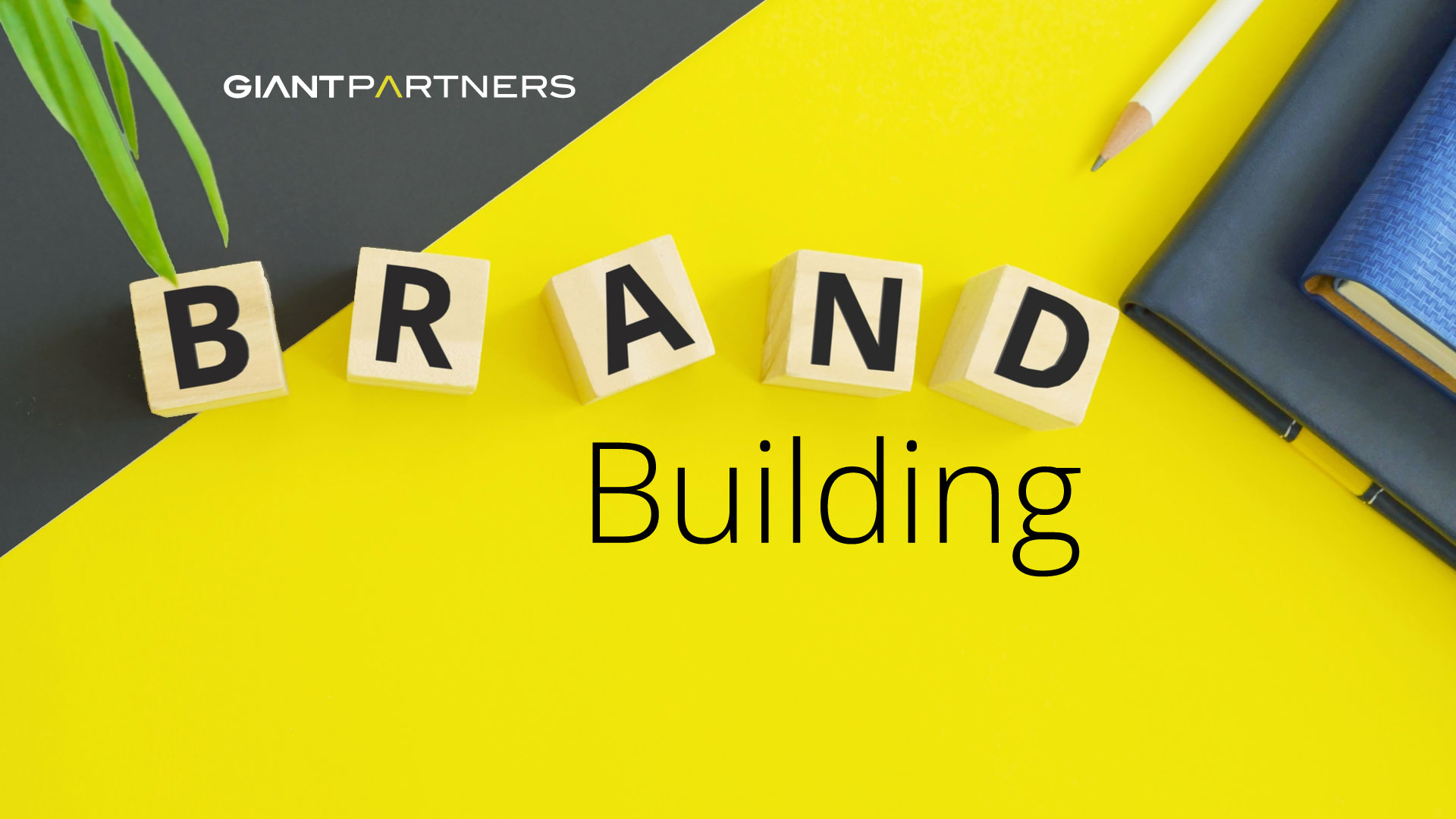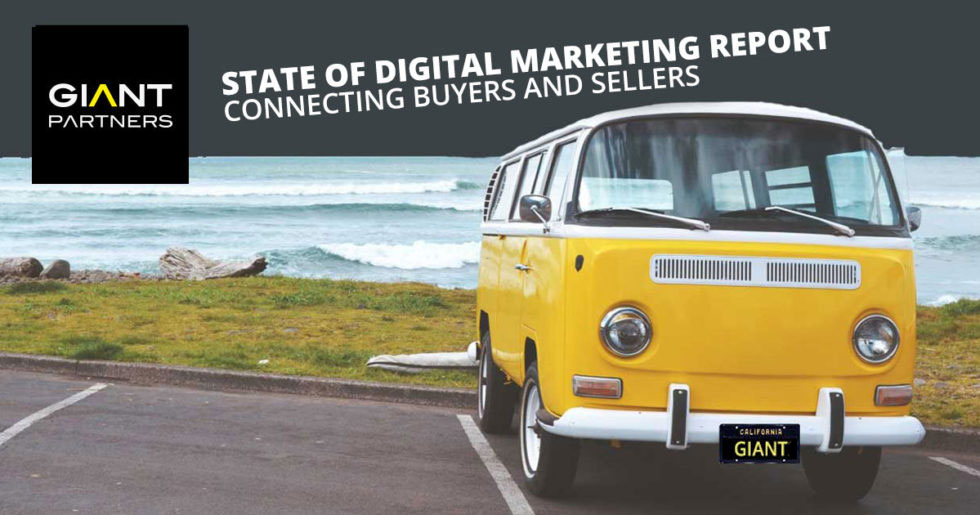![]() By Amir Gabriel Gomez | Content Creation | May 29, 2025 | 🕒 5 Min Read
By Amir Gabriel Gomez | Content Creation | May 29, 2025 | 🕒 5 Min Read
 By Amir Gabriel Gomez | Sales Attribution | May 29, 2025 | 🕒 5 Min Read
By Amir Gabriel Gomez | Sales Attribution | May 29, 2025 | 🕒 5 Min Read

Web analytics tools (like Google Analytics) classify incoming visitors by “traffic source,” indicating how people found your site. Key traffic channels include Direct, Organic Search, Paid Search, Referral, Organic Social, and Paid Social. Below is a quick guide to what each means and why each matters:
- Direct Traffic: Visitors who arrive by entering your URL directly or via a saved bookmark (i.e. no referring site). This often represents loyal or aware users seeking you out deliberately.
Strengths: Indicates strong brand recognition; these users often have high intent and convert well (average conversion ~3.3% in general).
Weaknesses: Growth is limited by your brand reach – you can’t “buy” direct traffic. Also, “direct” can include untracked links (e.g. from offline campaigns or messaging apps), which can muddy data.
- Organic Search Traffic: Visitors who found your site via unpaid search engine results (e.g. Googling a keyword and clicking your link).
Strengths: Often the largest source of traffic (users are actively searching for content/products you offer). It’s earned traffic, meaning no per-click cost, and tends to bring high-quality visitors who engage deeply.Weaknesses: Requires investment in SEO and content creation. Results are not instant – building search visibility takes time and ongoing effort, and rankings can fluctuate with algorithm changes.
- Paid Search Traffic: Visitors who clicked pay-per-click ads in search engine results (e.g. Google Ads).-
Strengths: Highly controllable and quick to scale, as you bid on keywords and appear atop results immediately. Tends to attract high-intent visitors (they searched a keyword and clicked your ad), yielding strong conversion potential (avg. ~3.2% conversion rate according to incendium.ai).Weaknesses: Costs can be significant (average CPC on Google search is around $4), so inefficient campaigns can burn the budget. Requires active management and optimization (ad copy, bidding, landing pages) to ensure ROI. Once you stop paying, the traffic stops.
- Referral Traffic: Visitors clicking through from another website (a blog, news article, partner site, etc.). Essentially, inbound links that send users to your site.
Strengths: Often very qualified traffic – they come via a relevant context or endorsement (e.g. a product review linking to you), which means higher trust. Referral traffic usually shows strong engagement (it has the lowest bounce rate of all channels at ~37.5% on average). It also boosts SEO authority.Weaknesses: Volume depends on others linking to you or talking about you, which can be hard to predict or scale without sustained PR/content outreach. Quality can vary: a link from a high-quality site is great, but referrals from irrelevant or spammy sites won’t perform well.
- Organic Social Traffic: Visitors who arrive via unpaid posts on social media platforms (e.g. a Facebook page post or a tweet linking to your site).
Strengths: Essentially free traffic – it comes from your social media audience and content shares. Can drive bursts of visits if something goes viral. Great for brand engagement and community building; these visitors might already follow or know you, which can lead to decent conversion in B2C (~2.4% conversion for organic social in B2C on average).Weaknesses: Generally a smaller portion of traffic (social media is ~5% of website visits on average) unless you’re heavily invested in social media. User intent is typically low – people scrolling social feeds are in “browse” mode, so they may click out of curiosity and leave quickly (social has a high bounce rate around 54%). Also, algorithmic reach is limited; you often must compete for attention or pay to boost posts.
- Paid Social Traffic: Visitors who come through paid advertisements on social platforms (e.g. Facebook ads, sponsored posts on Instagram).
Strengths: Offers advanced targeting – you can reach very specific audiences by demographics, interests, etc., which is useful for awareness and prospecting. Can drive traffic at scale relatively quickly. In B2C, paid social conversion rates (~2.1%) aren’t far behind organic social’s, showing it can yield sales especially for visually appealing or impulse-friendly products.
Weaknesses: User intent is passive (they didn’t actively seek your site), so conversion rates in some cases are low (e.g. B2B paid social ~0.9%). Like paid search, it incurs ongoing cost – you pay for clicks/impressions, and costs can rise as you widen targeting. Creative fatigue and ad blindness are challenges, and many social visitors bounce quickly after a single page view if the content doesn’t immediately grab them.

Comparing Traffic Source Performance in the United States
To understand the relative value of each channel, we can compare their typical engagement metrics, conversion rates, and cost-efficiency.
For context, research shows organic search is the dominant traffic driver, accounting for roughly half of all website visits, far exceeding paid search or social on average. Direct traffic and other sources usually make up a large secondary chunk.
The chart below illustrates an average traffic breakdown by source (U.S. benchmarks):
Average share of website visits by source. Organic Search (unpaid search engine traffic) drives ~53% of visits, by far the largest slice. Paid Search contributes around 15%, while Social Media is only ~5%. The remaining ~27% comes from Direct, Referral, and other sources. This highlights the importance of search engines in driving traffic, although every channel plays a role in a balanced strategy.
Engagement & Session Quality: Visitors from different channels behave differently on your site. Organic search traffic tends to be highly engaged – on average, an organic visitor will view about 5.8 pages per session, the highest of any channel.
This suggests that SEO-driven visitors often explore multiple pages (likely because they found content matching their query and then continue researching or browsing). Referral visitors also explore quite a bit (~4.0 pages/session), since they arrived from a context that primed their interest. Direct traffic sees around 4.3 pages/session on average – these visitors often know what they’re looking for (e.g. specific products or content) and may navigate to those sections directly, yielding moderate page depth. By contrast, paid search visitors have the lowest pages per session (~2.9).
This is likely because PPC ads funnel users to very targeted landing pages; if the user finds what they need (or not), there’s less exploration – they either convert or leave. Social media traffic (both paid and organic) falls on the lower side as well (~3.2 pages/session in one analysis), since many social users drop in briefly from a post and then bounce back to their feed.

Source: NP Digital
These patterns align with bounce rate benchmarks (the percentage of visitors who leave after viewing only one page): Referral traffic has the lowest bounce rate (~37.5%), indicating that referral visitors are most likely to continue to a second page – presumably because the referring link pre-qualified their interest.
Organic search and paid search also have relatively low bounce rates (~43–44%), meaning a majority of search visitors engage beyond the landing page (again, likely when the page matches their search intent well). Direct traffic has a middling bounce rate (~50%) – this includes a mix of very loyal visitors who navigate deeply, and some who might just quick-check something (or miscategorized “dark” traffic that wasn’t actually interested).
Social media traffic shows the highest bounce rates (~54%). Many social users click a link out of curiosity but quickly return to scrolling their feed. In fact, a marketing study noted social media bounce rates can be 2–3× higher than other channels in some cases, especially on mobile where hopping in and out of apps is common.
The key takeaway is that traffic sources like organic search, referral, and direct generally bring more engaged visits, whereas paid campaigns and social media often require extra effort to capture attention and reduce quick exits.
Conversion Potential: Perhaps the most crucial metric is how well each channel converts traffic into leads or sales. Here, direct and search channels excel. Users who come in direct (already knowing your brand) convert at the highest rate – around 3.3% of direct visitors convert on average. Paid search traffic is similarly strong, with an average conversion rate roughly 3.2% across industries. This makes sense: if someone clicks a targeted Google Ad, they’re often further along in the buying process (high intent).
Organic search traffic converts slightly lower (~2.7% on average), which is still solid given its volume – these users vary from early researchers to ready-to-buy, depending on the query, so conversion rate is a bit diluted compared to highly targeted ads. Referral traffic averages about 2.9% conversion, benefiting from the trust and relevance conferred by the referring site. On the other hand, social media traffic generally has the lowest conversion rates. Combined social traffic tends to convert around 1.5% of the time.
If we break that down, organic social in B2C scenarios can be better (~2.4%), especially when your followers are genuinely interested in your offerings. Paid social averages ~2.1% in B2C but under 1% in B2B markets – cold social traffic in a B2B context is often not ready to take action.
The big picture: direct and search visitors are most likely to take meaningful action, while social visitors are more top-of-funnel.
It’s also illuminating to look at which channels drive revenue. Organic search’s large volume and decent conversion add up to substantial impact – one analysis found over 44% of total revenue is captured by organic search traffic for businesses. In fact, B2B companies report earning 2× more revenue from organic search than from all other channels combined.
Paid search can also drive significant revenue quickly (19% of marketers say PPC is their most profitable channel), provided the cost per click is justified by the sales.
Direct traffic often includes repeat customers, so it can contribute heavily to revenue as well (though its share varies by how strong your customer loyalty is). Social media, despite low conversion rates, shouldn’t be written off – it assists in discovery and re-engagement that can lead to conversions later (even if last-click attribution shows social low, it might plant the seeds).
The key is to use each channel for its strength: search and direct for capturing intent, social for generating interest and feeding the funnel, and referral for leveraging third-party credibility.

Source: Smart Insights
Cost Efficiency: In evaluating channels, it’s crucial to factor in cost. Direct traffic is essentially free on a per-visit basis – you’re not paying for clicks. Its “cost” is in the brand-building and customer loyalty efforts that made those visitors aware of you. This makes direct traffic extremely cost-efficient for conversions (high conversion, no ad cost).

Organic search traffic is also free per click; however, it’s the result of investment in SEO, content creation, perhaps technical optimization.
Those costs can be significant, but they tend to have a long-lasting payoff (content can attract visitors for years). With organic comprising such a large portion of traffic and revenue, the ROI on SEO can be excellent – once you’ve achieved rankings, each additional visitor has essentially zero marginal cost.
Referral traffic, when earned via PR or partnerships, likewise has minimal direct cost, making it quite efficient – especially because referral visitors are predisposed to convert.
Some referral programs (like affiliate links) involve paying a commission or fee, but typically only when a referred visitor converts, keeping ROI under control.
In contrast, paid channels require budgeting for every click. Paid search can yield high-value visitors, but average costs-per-click are in the several dollars range (e.g. ~$4.22 on Google Search on average). With a ~3% conversion rate, the cost per conversion might land around $100+ in many cases.
That can still be profitable (e.g. if your product is high-value or lifetime value is high), but it means efficiency hinges on smart targeting and optimization.

Source: Wordstream
The good news is that paid search is highly trackable and can be tuned for ROI – marketers often pause keywords that aren’t converting and double down on those that do.
Paid social usually has lower CPCs than paid search, but its conversion rate is also lower, so cost per acquisition can end up similar or even higher. Many brands use paid social more for low-cost awareness and retarget those visitors via cheaper channels (or hope they eventually come via organic or direct conversions). Essentially, paid channels trade dollars for quick traffic, whereas organic and direct channels trade effort/time for sustainable traffic.
The most cost-efficient mix for U.S. websites tends to be a healthy organic foundation (low ongoing cost per visit), a loyal direct user base, and targeted paid campaigns that have positive ROI.
Channel-Specific Strategies to Boost Engagement & Conversions
Each traffic source has unique user behavior and challenges, but there are targeted tactics to improve performance (e.g. increase session duration, reduce bounce rate, and drive more conversions) for each:
- Direct Traffic – Enhance Loyalty & Navigation: First impressions matter even to loyal visitors. Ensure your homepage or main entry pages are optimized for engagement: highlight new content, features, or personalized recommendations for returning users so they have a reason to stick around. Since direct visitors often include past customers, implement loyalty programs or exclusive offers visible on arrival to encourage repeat purchases.
Improve site navigation and search functionality – direct visitors know your brand but should quickly find what they need (which in turn ups pages per session). Also consider segmenting your analytics to understand “dark” direct traffic (e.g. via UTMs or custom campaigns for offline sources) so you can better cater to those users’ interests

- Organic Search – Match Intent & Provide Depth: Focus on relevancy and content depth to keep SEO traffic engaged. Users coming from search clicked because your page seemed to answer their query – deliver on that promise immediately. Use clear headings and get to the point so they don’t bounce if they don’t see an answer right away.
To boost session duration, include internal links to related content or product pages (“Read more” guides, related FAQs, etc.), guiding visitors to continue their journey on your site. This not only increases pages per session but also signals engagement to search engines.
Optimize for on-page engagement: for example, add images or videos in your content (rich media can increase time on page and reduce bounce rates).
Lastly, have strong calls-to-action (CTAs) relevant to the organic visitor’s intent – e.g. a newsletter signup at the end of a blog post or a promo for a product if they came for a how-to article – to help convert that interest into a next step.
- Paid Search – Optimize Landing Pages & Targeting: Clicking an ad sets high expectations – the landing page must deliver. Ensure tight alignment between your ad copy and landing page content (message match). For instance, if your Google ad promises “50% off running shoes,” the landing page should prominently show those discounted running shoes.
This relevance boosts engagement and lowers bounce rate. Keep the landing page focused and uncluttered, but also offer paths for those not ready to buy: include a prominent CTA (like “Shop Now” or a lead form) as well as a secondary option like “Learn more about our running gear” for users who need more info – this can extend their session rather than having them exit.
Use A/B testing on your landing pages to try different headlines, images, or layouts that might keep visitors around longer and converting.
On the targeting side, regularly refine your keywords and audience settings: exclude irrelevant search terms (via negative keywords) that bring unqualified traffic likely to bounce. Monitor bounce rate and session duration for each ad group – if certain keywords consistently have very short sessions or high bounce, consider directing that traffic to a more relevant page or removing the keyword.
Finally, improving your Quality Score in Google Ads (by boosting ad relevance and landing page experience) not only increases engagement but also lowers cost per click, improving cost-efficiency.
- Referral Traffic – Customize the Onboarding: Leverage the context from which visitors came. When you get traffic from a specific article, partnership, or affiliate link, consider tailoring the landing experience to that audience.
For example, if a popular blog post mentioned your tool and linked to your homepage, you might add a banner or note “Welcome [BlogName] readers!” on the page – this creates continuity and signals relevance, making them more likely to stay. Ensure that whatever the referring site “promised” is easy to find.
If the referral link is about a specific product or topic, don’t drop those visitors into a generic page where they have to hunt; send them to a dedicated landing page or section addressing that topic.
Because referral traffic is highly qualified, make the most of it: use clear CTAs (e.g. “Start Your Free Trial” or “Download the guide mentioned in [BlogName]”) to capitalize on their interest while it’s hot. Building more high-quality backlinks is also key – actively seek reviews, guest posts, or partnerships in your industry. Not only will this increase referral volume, but links from authoritative, relevant sites drive engaged users (as evidenced by referrals’ low bounce rates). Monitor your analytics for new referral sources and track their engagement metrics; if you find a particular site sends great traffic, consider deeper collaboration with them.

- Organic Social – Engage and Retain Social Visitors: Social media traffic is fickle, so make those clicks count. First, ensure your site is mobile-optimized and fast – a huge portion of social traffic is mobile, and a slow, non-responsive page will send users right back to the social app.
Reducing page load time even by 1 second can improve conversions significantly (around 7% improvement per second faster).
Next, when crafting social posts, set the right expectation for the click: use descriptive captions or thumbnails so that the visitors coming in know what they’ll get (this reduces bounce caused by misleading or unclear links). On the landing content itself (be it a blog post, video, or product page), add elements that encourage further engagement: for example, an enticing related content grid (“You might also like…” under an article) to get that social visitor to click another piece instead of leaving.
Social visitors often have short attention spans, so consider incorporating interactive or rich media on the page – embeddable quizzes, short videos, or even comment plugins can spur them to stay longer. Also, implement easy ways for them to convert in the future: since many social referrals won’t buy on the spot, offer a newsletter signup or free resource download. Capturing an email gives you a chance to bring that user back later via email (which typically has higher conversion potential). Essentially, think of organic social traffic as a first date – don’t push too hard for a sale immediately, focus on engagement and getting a next interaction.
- Paid Social – Refine Targeting & Post-Click: Experience For social ads, precision and relevance are your best friends. Use granular targeting options to show ads to users most likely to engage—for example, retarget your website visitors or cart abandoners with social ads (they’ll recognize your brand and are less likely to bounce), or use lookalike audiences based on your converters.
Craft ad creatives that pre-qualify clicks—include key details in the ad so that those who click are genuinely interested. For instance, mention the price or a key feature in the ad; you may get fewer clicks, but those who do click are more likely to stay and convert. (Quality over quantity can improve overall cost-per-conversion.)
Once the user clicks, the landing page needs to hold their attention: mirror the ad’s visuals and message on the page to reassure them they’re in the right place. Because social users are often impatient, use concise, benefit-driven content and eye-catching visuals on the landing page. Remove distractions that could lead to an immediate bounce (e.g., too many links or a cluttered layout).
One effective tactic is to offer an incentive tailored to social visitors—for example, “Use code SOCIAL10 for 10% off” right on the landing page can encourage them to explore and purchase rather than bouncing. Finally, continuously analyze performance by platform—you might find your Instagram ad traffic behaves differently than LinkedIn ad traffic.
Adjust your strategy accordingly (Instagram users might respond to a more image-heavy, scroll-friendly page, whereas LinkedIn users might prefer more information and credibility signals). By iterating on targeting and on-site experience, you can substantially improve paid social engagement and conversion rates, making this channel far more cost-effective.
How Using Custom Audiences Help your Traffic Sources
If you’re trying to drive the kind of traffic that maximizes conversions in your marketing mix, simply relying on broad audience targeting can only get you so far.
To truly optimize your paid campaigns, leveraging custom audiences is a game-changer.
By creating specific groups based on user behavior, demographics, interests, or previous interactions with your brand, you can fine-tune your traffic sources to deliver highly relevant visitors. This strategy isn’t just about casting a wide net—it’s about targeting the right people at the right time, leading to more engaged users and higher conversion rates.
Custom audiences allow you to take full advantage of paid search and paid social traffic by focusing on individuals who have already interacted with your brand. For example, retargeting ads for users who visited your site but didn’t complete a purchase can significantly increase the likelihood of converting them. This approach ensures that your ads are shown to people who are already familiar with your product or service, lowering the barrier to conversion.
By customizing your audience, you’re ensuring that your ads are seen by individuals with higher intent, making every click more valuable.
Strategic Scenario
An advertiser running lead generation and eCommerce ads for high end auto parts can:
- Target an inclusion audience of qualified vehicle owners based on make, model and year.
- Suppress existing customers to avoid wasted ad spend.
- Generate lookalike audiences to scale by finding similar high value prospects.
These techniques help optimize ad spend while maximizing conversions and revenue growth.
» Download Dirt King Suspending Limits, Elevating Performance Case Study”
You can also see more about this on “Custom Audience Data Targeting: What Zuck, Sundar, and Elon Want You To Know”
Incorporating custom audiences in organic traffic strategies is also incredibly effective. For instance, if you know certain users frequently visit your blog or have viewed specific product categories, you can create content that directly speaks to their interests. This tailored approach boosts engagement and encourages return visits, helping you maintain a steady flow of organic traffic from users who are already familiar with your offerings. Similarly, for referral traffic, creating a custom audience for visitors who come through partner sites allows you to track their behavior more accurately and design follow-up strategies that nurture the relationship beyond the initial visit.
Ultimately, the ability to leverage custom audiences allows you to create more personalized marketing experiences across all your traffic sources. By honing in on the right visitors, reducing wasted ad spend, and fostering a more targeted approach to content creation, custom audiences help you convert higher-value leads while optimizing your overall marketing strategy. Whether through social media, paid search, or organic efforts, custom audiences refine your approach, driving not just more traffic, but more of the right traffic to your site.
Takeaway: Every traffic source can be optimized by aligning with user expectations and removing friction. Dive deep into your analytics to understand visitor behavior across different channels—whether it’s paid, organic, or social. By leveraging Custom Audiences, you can fine-tune your targeting, ensuring you’re reaching the right people at the right time. Pair this with universal best practices like improving site speed, mobile optimization, and clear CTAs, and you’ll see a boost in engagement, longer sessions, and reduced bounce rates. With a tailored approach, you can convert more visitors, no matter where they came from, while making the most of every channel at your disposal. Ready to optimize? Let’s start refining your strategy today.
Ready to get started with this approach to Data? Book a Call below.

 Amir Gomez
Amir Gomez
Giant Partners
Senior Strategist
About Giant Partners
24 years. 6000 customers. Giant Partners is America’s #1 data driven marketing agency. We accelerate campaign performance with custom audience data, brand management, website development, CRM integration, email marketing, and omni-channel advertising.
